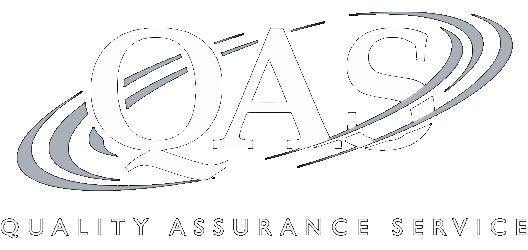Mitigating Personal Holding Company (PHC) Tax for Franchisors and Closely Held Businesses
Recording of a 110-minute CPE webinar with Q&A
This webinar will cover the personal holding (PHC) tax rules and offer suggestions to minimize and eliminate this additional tax liability. Our panel of veteran tax professionals will explain what constitutes personal holding company income (PHCI), reporting PHC tax, and which businesses are liable for PHC tax, with a particular focus on its impact on franchisors.
Outline
- Introduction
- Closely held C corporations
- PHC tax general rules
- Categorizing franchise income
- Section 1253
- Royalties vs. compensation for services
- S corporation treatment vs. C corporation treatment
- Passive activity rules for closely-held C corporations
- Net operating loss treatment vs. PAL
- Royalties: passive activity or portfolio income
- Interplay of passive activity rules with PHC rules
- Reporting PHC: Form 1120, U.S. Personal Holding Company (PHC) Tax
- Strategies for mitigating PHC tax
- Contract language
- Avoiding portfolio income classification
- PHC distributions
- Electing S status
Benefits
The panel will cover these and other critical issues:
- Identifying PHCI
- Meeting the stock ownership requirement
- Strategies for mitigating PHC tax
- Categorizing franchise income
Faculty

Kristin Hill, CPA
CPA
Kristin Hill CPA
Ms. Hill specializes in tax planning and compliance for private businesses and their owners. She coordinates with... | Read More
Ms. Hill specializes in tax planning and compliance for private businesses and their owners. She coordinates with estate planning attorneys, financial managers, transaction attorneys, family office managers, and bookkeepers to deliver comprehensive tax services.
Close
